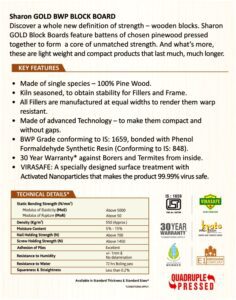
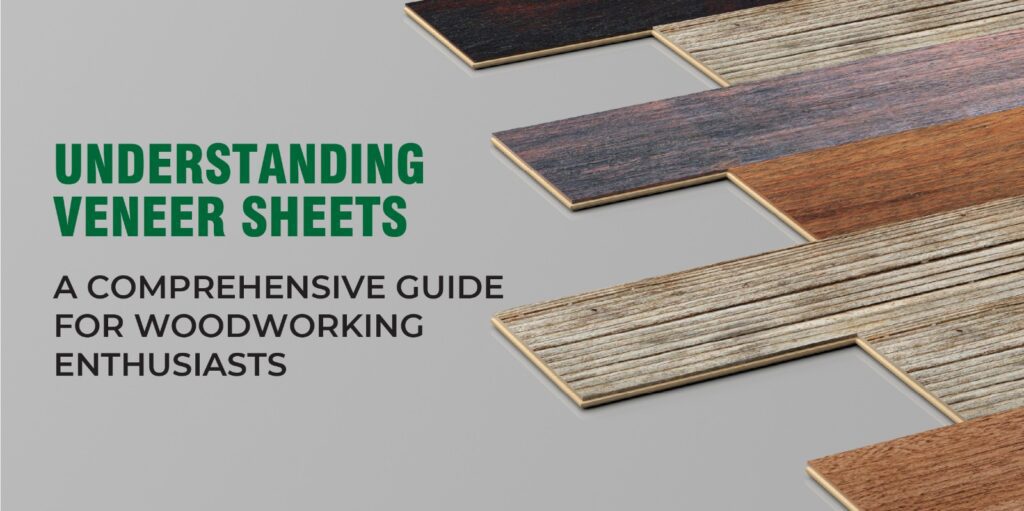
If you are in the construction industry or any other industry related to construction and woodworking, you would likely have come across the term ‘Veneer’. You might have heard it even in the woodworking industry or plywood industry. But what is veneer, actually? It is a thin layer of wood sheet peeled or cut from a wood log. These veneers vary in thickness but are commonly between 0.4mm to 4.00 mm. These are sometimes called decorative veneer as they are used in different applications as per the size and their requirement. In this blog, let us discuss the different types, benefits, techniques and maintenance strategies for veneers.
They are thin slices of wood that are utilised in covering surfaces. They are usually less than 3mm thick. They allow woodworkers to create the look of solid wood without the associated cost and weight. Veneer Sheets are typically bonded to a substrate like MDF or plywood, which provides stability and support.
When it comes to the beginning usage of veneer, it dates back to ancient Egypt. In ancient Egypt, these were used in the making of coffins and furniture. This technique allowed craftsmen to showcase exotic woods and intricate designs. Over the centuries, veneer application has evolved, becoming a staple in fine woodworking and furniture making.
The manufacturing process of veneer sheets involves several methods:
A continuous sheet is peeled off the log when it is turned against a blade. This process creates large sheets and is effective.
The log is sliced along its length, revealing consistent grain patterns ideal for matching.
Thicker veneers are produced by sawing the log, maintaining the natural grain and texture.
These are made directly from logs, each sheet is unique in grain and colour. They are often termed as decorative veneer because each sheet has a unique grain and colour. This gives the construction more uniqueness and character. This type of veneer is commonly used in high-end furniture, cabinetry and architectural woodwork.
These are manufactured to have a consistent appearance, often mimicking the look of natural veneers. They are created using a combination of wood fibers, resins and dyes. These are carefully processed to replicate the grain patterns and colours of natural wood. This manufacturing process allows for greater control over the final appearance.
Oak, walnut, cherry and maple are popular choices, each offering distinct aesthetics. These common species are frequently used in both veneer sheets and veneer ply to provide a beautiful wood finish over a stable substrate.
Species like ebony, zebrawood and bubinga provide unique and striking visuals for special projects. Exotic veneers are highly sought after for their rare and beautiful grain patterns, vibrant colours and luxurious look. These veneers are often used in high-end furniture, custom cabinetry and premium interior design projects where their unique appearance can stand out.
Veneer sheets offer a vast array of patterns and grains, making them perfect for creating visually stunning surfaces. Whether you prefer the classic elegance of walnut or the modern look of maple, veneers can meet any design requirement. With these diverse veneer options, decorative veneer sheets elevates the aesthetic appeal further. It also provides not only beauty but also structural integrity for projects.
Using veneer sheets is more economical than solid wood. They provide the same luxurious appearance but at a fraction of the cost, making high-end finishes more accessible.
Veneers are an environmentally friendly option. They maximize the use of each log, reducing waste and conserving valuable wood resources. This effectiveness supports environmentally friendly woodworking methods.
Veneers are incredibly versatile. Especially, veneer sheets are considered versatile for they can be used in furniture, cabinetry, wall panels and even smaller craft projects. This adaptability allows woodworkers to experiment and innovate in their designs.
Veneer sheets are a popular choice for furniture making. They are used in creating beautiful surfaces on tables, chairs and desks. Classic designs like Chippendale and modern minimalist styles both benefit from the unique patterns and grains of veneers.
In cabinetry, veneers sheets provide high-end finishes for kitchen and bathroom cabinets. Custom millwork, such as intricate mouldings and trim, often utilizes veneers to achieve precise and attractive results.
These applications ensure a beautiful finish that lasts for years to come, with the inclusion of decorative veneer sheets. They not only enhance the aesthetic appeal but also reinforce the durability and structural integrity of the design.
For smaller projects, veneers are perfect for marquetry, inlay work and decorative items. Their thinness and flexibility make them easy to work with, allowing for detailed and intricate designs.
These veneer sheets are plywood panels with a high-quality veneer sheet applied to their surface that combine the strength of plywood with the aesthetic appeal of fine wood veneers.
When selecting veneer sheets, look for consistency in grain and colour, minimal defects and appropriate thickness. High-quality veneers will enhance the overall look and durability of your project.
Techniques like book matching and slip matching are essential for achieving the desired visual effects. Book matching involves opening adjacent sheets like a book to mirror grain patterns, while slip matching lays consecutive sheets side by side.
Choosing the right substrate is crucial for veneer application. MDF and plywood are common choices due to their stability and smoothness. The substrate provides the necessary support for the veneer, ensuring a long-lasting finish.
Finishing techniques like varnishing, staining and lacquering enhance the appearance and protect the veneer surface. Proper finishing not only highlights the natural beauty of the wood but also provides durability against wear and tear.
Accurate cutting and shaping are vital when working with veneer sheets. Use sharp blades and appropriate tools, such as veneer saws and utility knives, to avoid tearing and ensure clean cuts.
Various adhesives are suitable for veneer sheets, including contact cement and PVA glue. Contact cement provides a quick bond, while PVA glue offers strong, durable adhesion. Apply the adhesive evenly and follow the manufacturer’s instructions for the best results.
A strong bond between the veneer and substrate is ensured by proper pressing and clamping. Vacuum presses are ideal for large surfaces, providing even pressure. For smaller projects, manual clamping techniques can be effective.
Trimming excess material and applying edge banding is carried out after the veneer is applied to create a polished look. Using a router or sharp blade for trimming and ensure the edges are smooth and even.
Over time, veneers may experience wear and tear. Techniques for repairing damaged veneers include using fillers for cracks and reapplying finish to maintain their appearance. Regular maintenance, such as dusting and avoiding direct sunlight, will keep the veneers looking their best.
Bubbling and blistering can occur if the adhesive is not applied correctly or if the veneer is not pressed properly. Ensure even adhesive application and adequate pressure during pressing to prevent these issues, especially when working with decorative veneer.
Wrinkling and cracking are often caused by improper handling or environmental factors. Use stable substrates and avoid over-wetting the veneer to minimize these problems.
Ensuring strong adhesion between the veneer and substrate is crucial. Clean surfaces thoroughly before applying adhesive and use the appropriate amount of pressure during bonding.
Matching veneer colour and grain can be challenging, especially in large projects. Plan your cuts carefully and consider ordering extra sheets to ensure consistency.
Veneer sheets are a valuable asset for woodworking enthusiasts, offering beauty, versatility and cost-effectiveness. By understanding their properties, applications, and techniques for working with them, you can unlock the full potential of veneer sheets in your projects. Experiment, innovate and enjoy the endless possibilities that veneers bring to your woodworking endeavours.

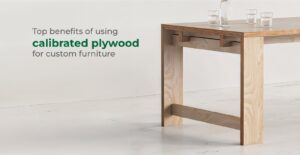

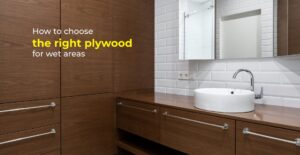
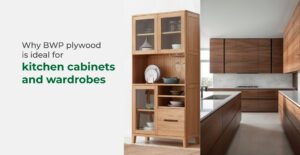


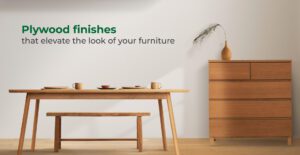


Users understand that SHARONPLY is committed to protecting the User’s privacy and shall take all efforts to protect any personal data provided to the Website by reasonable security safeguards against such risks as loss or unauthorised use, destruction, modification or disclosure of data, However, in case of any lapse, SHARONPLY shall not be held responsible for any effect or consequences thereof. The Website uses cookies to track usage of the path of the User. Since most web browsers automatically accept cookies, User can edit User’s browser options to block them if User does not want the Website to use cookies to track usage of the path of the User.
SHARONPLY undertakes not to disclose, except as otherwise provided, the personal information provided by the User to any person, unless such action is necessary to: –
By filling up any form on the Website User automatically grants SHARONPLY a royalty-free, perpetual, irrevocable non-exclusive license to use, reproduce, publish, edit, distribute, and publicly display the information given in the form and to sublicense such rights.
Any queries regarding the SHARONPLY’s privacy policy, may be sent to admin@sharonply.com.
